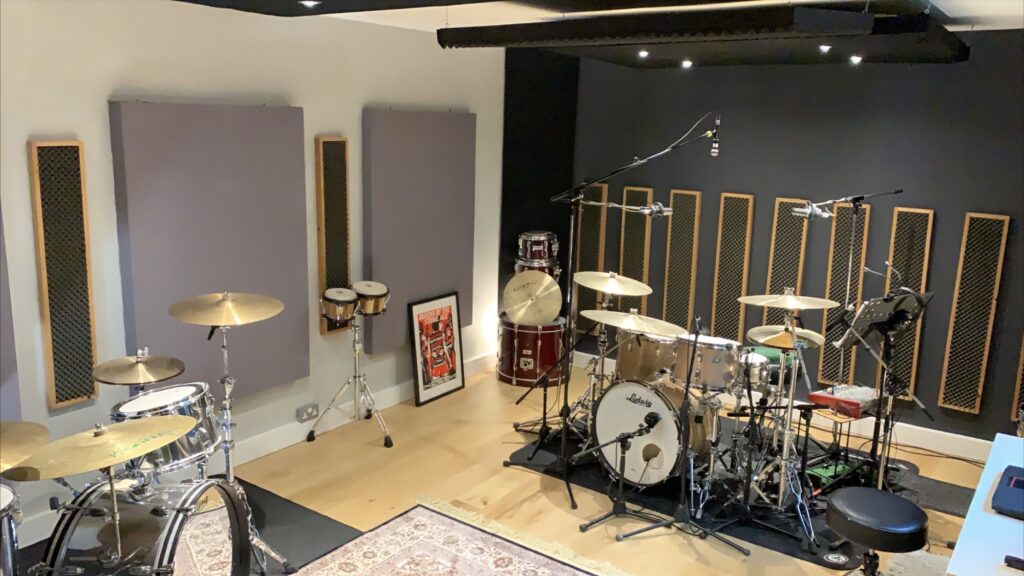Public libraries and archives serve as sanctuaries of knowledge, providing invaluable resources and spaces for learning, research, and contemplation. Central to their mission is the cultivation of a serene environment conducive to focused study and reflection. However, maintaining a quiet atmosphere in these bustling hubs of activity can be a challenge. In this article, we explore strategies for creating and preserving a tranquil ambiance in public libraries and archives through the use of acoustic solutions.
Understanding the Importance of Quiet Spaces
Public libraries and archives are revered for their role as havens of quietude, where individuals can immerse themselves in reading, study, and intellectual exploration without distraction. A serene environment fosters concentration, enhances comprehension, and promotes a sense of tranquility essential for meaningful engagement with scholarly resources.
Challenges in Maintaining Quietude
Despite their noble aspirations, public libraries and archives face numerous challenges in preserving a quiet atmosphere. High foot traffic, echoing spaces, and ambient noise from adjacent areas can disrupt patrons’ concentration and detract from the overall experience. Additionally, modern technologies and collaborative learning trends introduce new sources of noise, necessitating innovative solutions to maintain an environment conducive to focused work.
Leveraging Acoustic Panels for Sound Control
One effective solution for mitigating noise and creating a peaceful environment in public libraries and archives is the strategic installation of acoustic panels. Acoustic panels are specialized sound-absorbing materials designed to reduce reverberation, minimize echoes, and attenuate unwanted noise, thus enhancing the acoustic comfort of indoor spaces.
By strategically placing acoustic panels on walls, ceilings, and other surfaces, libraries and archives can effectively control sound reflections and dampen ambient noise levels. This not only improves the overall acoustic quality of the space but also helps create a tranquil atmosphere conducive to concentrated study and contemplation.
Benefits of Acoustic Panels in Libraries
Acoustic panels offer a multitude of benefits for public libraries and archives:
- Noise Reduction: Acoustic panels absorb sound waves, reducing reverberation and minimizing noise levels within the space.
- Improved Concentration: By minimizing distractions and enhancing speech intelligibility, acoustic panels promote focused study and research.
- Enhanced Comfort: A quieter environment fosters a sense of calm and relaxation, enhancing the overall experience for library patrons.
- Versatility: Acoustic panels come in various sizes, shapes, and designs, allowing for customization to suit the aesthetic and functional requirements of the library or archive space.
- Aesthetic Appeal: Modern acoustic panels are available in an array of colors and finishes, enabling seamless integration into the architectural design while adding visual interest to the space.
Contact Waseem Muhammad Technical Soundproofing Expert in Dubai: +971 50 209 7517
In Conclusion
Creating a quiet atmosphere in public libraries and archives is essential for fostering a conducive environment for study, research, and contemplation. By leveraging acoustic panels and other sound management strategies, libraries and archives can enhance the acoustic comfort of their spaces, enriching the experience for patrons and reaffirming their role as bastions of knowledge and tranquility.
FAQs
Will acoustic panels completely eliminate all noise in the library or archive?
While acoustic panels are highly effective at reducing noise levels and improving acoustic comfort, they may not entirely eliminate all sources of noise. However, when combined with other sound management strategies such as furniture layout optimization and noise regulations, acoustic panels play a crucial role in creating a quieter environment.
Can acoustic panels enhance the aesthetic appeal of the library or archive?
Yes, acoustic panels are available in a wide range of colors, shapes, and finishes, allowing for customization to complement the architectural design and decor of the space. They can serve as functional elements while adding visual interest and enhancing the overall ambiance of the library or archive.




